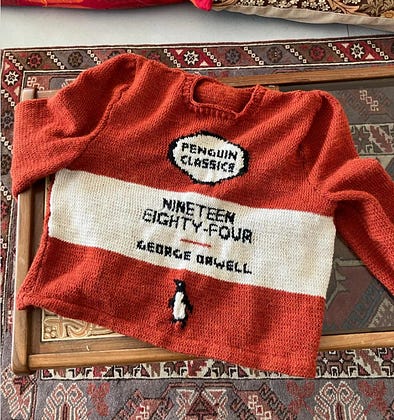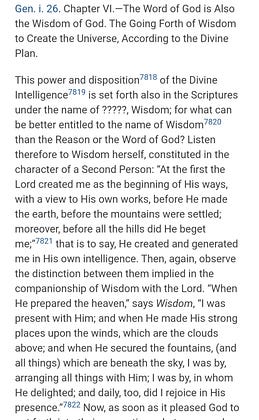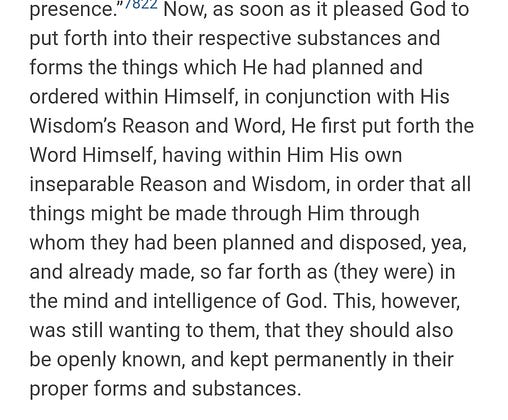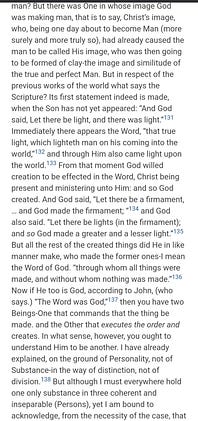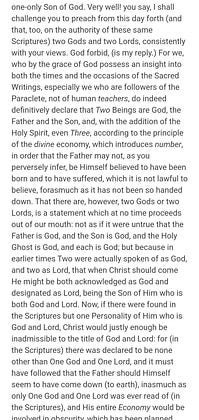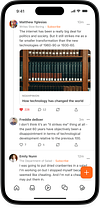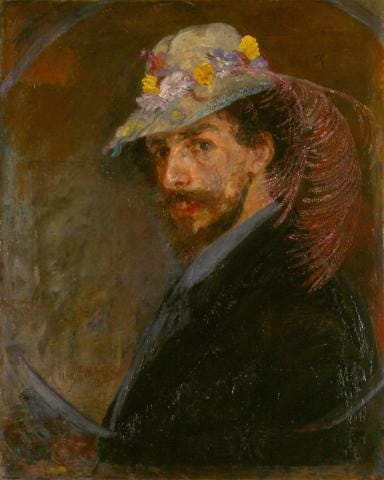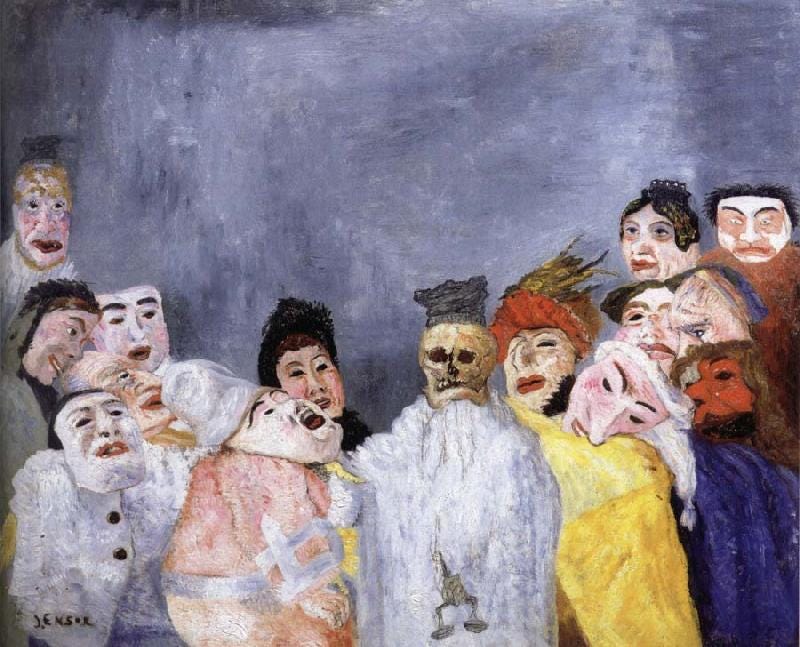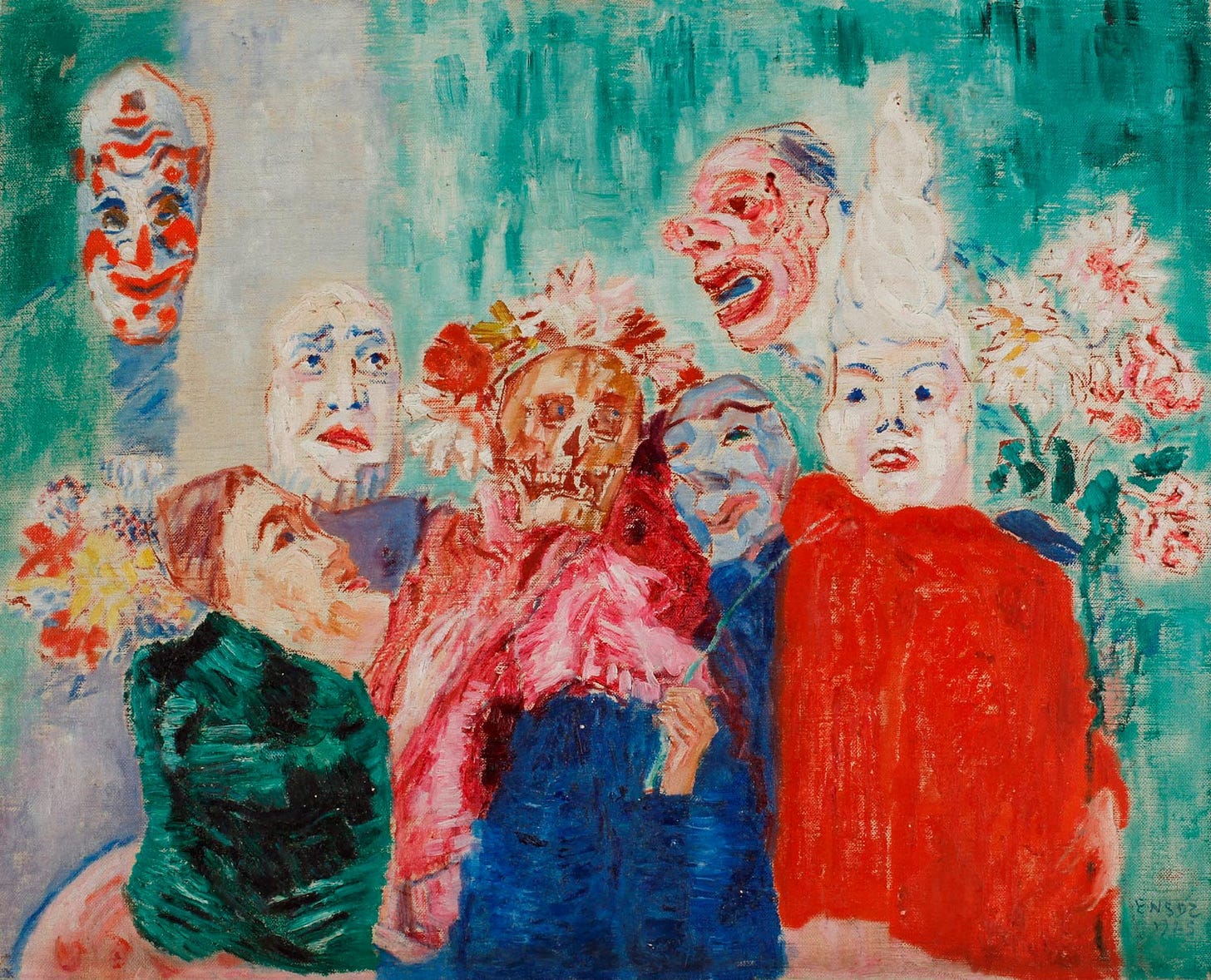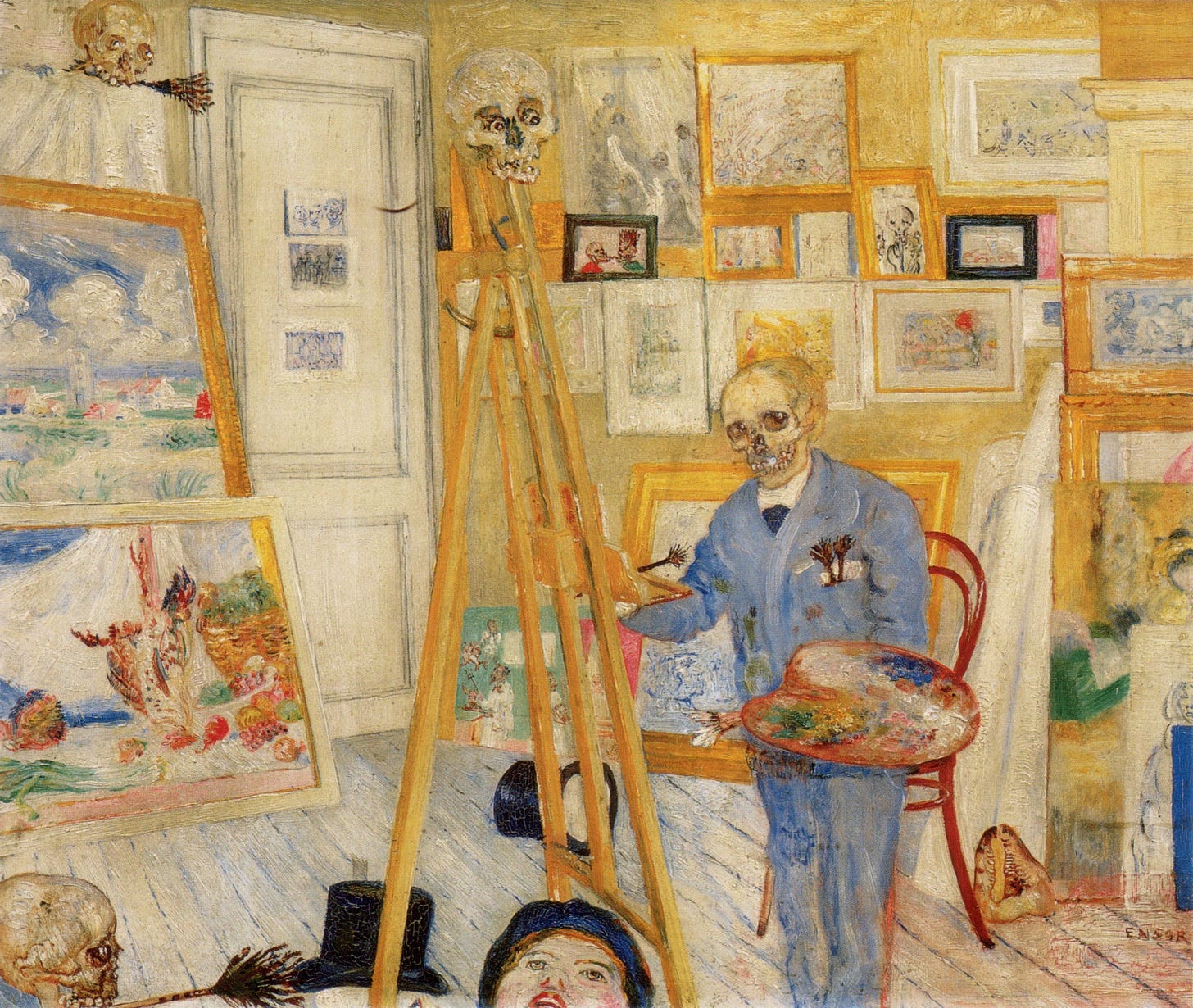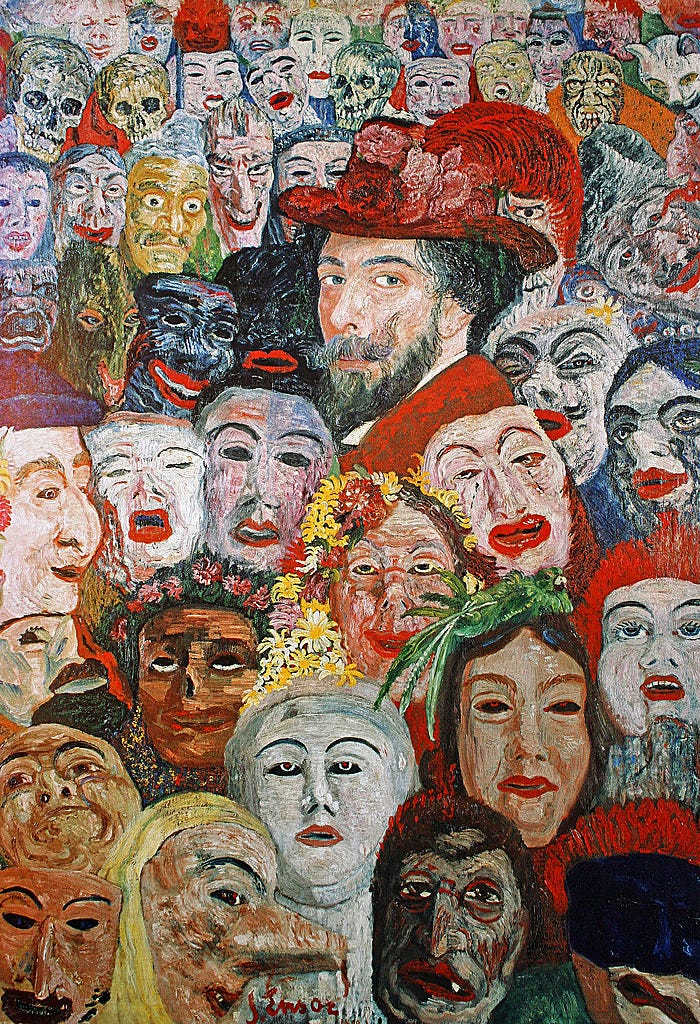Welcome to Breaking the Frame—a series where we will explore the most disruptive works of modern art and their nonconformist creators. Together, we’ll uncover how their approach can help shape solid and resonant brands.
About me:
My name is Belen Copetti. I’m a Creative Director specializing in building strategic messaging and resonant branding for million-dollar companies in science & technology—and other industries looking to make an impact.
So, grab that glass of red; we’re about to get cultured up, baby.
Meet James Ensor—and His Passion for Raw Humanity
James Ensor (1860-1949) was a driven Belgian artist in love with the intensity—and complexity of humanity. He was mainly fascinated by misery, portraying it in grungy scenes that harshly critiqued the facade he saw in human expression. Don’t you love him already?
He is considered a precursor to Expressionism, Symbolism, and Surrealism. He spent his career experimenting with various mediums, focusing on embracing inner emotions and mundane experiences.
James Ensor in Self Portrait with a Flowered Hat (1883). His vibrant hat reflects his playful approach to self-representation.
James’ approach shows us how to abandon conventionality to develop brand positioning strategies that differentiate it and trigger emotion to generate conversions.
If we compare James’ work with realism, where realism sought out truth through observation and detail, Ensor found truth too— but warped reality to question society’s moral and emotional failures.
The Great Judge (1898).
How to Break Away from Conventional Thinking to Appeal to Emotion in Branding
Building a successfully competitive brand requires breaking away from conventional thinking. It requires the right balance of risk-taking and staying within the frames of “what we all know will work.”
The questions arise: will staying the same acquire exponential growth? How do we break conventional thinking without risking business?
Many times, we rely on focus groups, interviews, and external research to build our branding strategies. While these tools can be helpful, I believe they should come later in the development process.
Research or hard data should NOT dictate the discovery phase. Instead, I always start by developing my ideas first and using research to refine and strengthen them later. I actively choose not to confine my ideas.
“Masks” (1925), features a central skull surrounded by masked figures. Ensor’s use of masks in many of his paintings reveals the true nature of the characters— rather than hide them.
💡 Where conventional art celebrated harmony and beauty, Ensor challenges us with uncomfortable truths about human nature (jealousy, hypocrisy and social intrusion).
First, You Need to Purify Your Discovery Process
Here’s what I like to do during the early stages of building a positioning, differentiation, or rebrand strategy.
Don’t Get Stuck Early On: This study by Stanford shows that relying heavily on references can lead to cognitive fixation, where the mind becomes locked into ideas, styles, or structures—and may narrow the scope of creativity, making your work derivative rather than insightful.
Save References for Later: On the flip side, referencing at the right time in the process won’t inherently stifle creativity and can act as a catalyst when done thoughtfully. This study suggests that creators who draw from different domains produce more innovative work. I like to draw from differing industries. If I’m building branding for an ice cream shop, I’ll also delve into how a perfume brand approaches branding.
Finding Balance is Crucial: Too much research can lead to imitation, but too little may result in uninformed or shallow ideas. We should strive to find the right balance.
Second, Stop Relying on “Reason and Nature” to Create Competitive Branding
“Reason and nature are the enemy of the artist”. - James Ensor
That’s one of Ensor’s famous phrases, showing his rejection of traditional art rules and rationality in art and favoring emotional expression and imagination.
He defied conventional portrayals of people and explored existential themes instead of naturalistic ideals—this made him successfully stand out when compared to others in his era.
Plus, he kept an emotionally engaged audience. These are the people he was able to reach through his work (his audience):
Artistic peers and the avant-garde, as part of Les XX (a progressive group of Belgian artists).
The marginalized and misunderstood. The misfits and radicals who felt James highlighted alienation—offering a voice to those disillusioned by society and its norms.
Future generations of artists. His work spoke to many future Expressionists and Surrealists.
The Skeleton Painter (1896). Here, Ensor portrays himself as the skeleton—implying his own mortality. Once again, he defies conventional portrayals of artists and hooks the viewer by inviting them to think about the ephemerality of life.
Two Rules of Thumb to Go Against the Current
Go against literalism (reason). James rejected the idea that art should be bound by rationality or realistic representation. He believed art should explore the deeply personal (and, many times, ugly)—what nobody else wanted to portray.
Think about the bold stories that would make people stop, stare, and think.
Go against imitation (nature). Nature, also in the context of art and marketing, is what you can feel and touch in the world. Ensor believed an artist's role was not to replicate reality but to reimagine it, distort it, and even amplify it to represent deeper meanings.
Apply “re-imagination” tactics during the process.
Still, for many marketers and creatives, stepping away from rationality and “the comfort” zone to generate bolder stories and strategies for brands is a complicated craft—and there are many moving parts that will (or not) allow you to honestly “think outside the box.”
Ideas get watered down between departments. Budgets are limited (or straight up disappear). The data people don’t believe in your idea and “don’t really get it,” etc.
However, Baba Shiv, Professor of Marketing at Stanford University, highlights that Western thought prevails rationality as the foundation of “good decisions.”
But, in reality, the rational brain accounts for only 5-10% of our decision-making, with emotions playing a far greater role—often without our awareness. In a study, he proved this by examining wine drinkers’ neural responses.
So there you go, data shows that leaning on emotion does pay off.
In Self-Portrait with Masks (1899)—which proudly hangs in my living room, you can see Ensor’s unmasked face in a sea of masks. To me, it feels like a statement on authenticity and individuality. By standing apart, he positions himself as the artist who sees it all—the hypocrisy, the vanity, the absurdity, and does not play along.
Yep, he’s one of my favorites for a reason.
4 Practical Strategies to Craft Competitive Brands Through Emotion and Differentiation
Let’s review four of my strategies that have helped build quality outcomes when building emotionally-triggering branding.
I Limit My Early Exposure: I avoid diving too deeply into references or examples early on. Starting with my raw, unfiltered ideas allows me to explore my unique perspective without being overly influenced by existing work. These initial sparks are often where my most authentic and creative insights emerge.
As marketers or creative professionals, our minds are a reservoir of information—insights, trends, and experiences we’ve subconsciously absorbed over time. In my experience, this “rawer” knowledge isn’t as conditioned or confined by formal research, making it a powerful resource to draw from in the early stages.
Trust your instincts and let your brain connect the dots in unexpected ways. Plus, it’s a lot more fun this way.
I Diversify References: Once I’m happy with the amount and quality of ideas that have emerged “on their own, " I start seeking inspiration from a broad range of sources. Instead of just looking at similar work—I pull from unrelated fields.
I Time Gap: I take a break after steps 1 and 2. I let my mind distance itself from the references and the previous work. This reduces the risk of direct replication and allows new connections to form until I return to work.
Unconscious processing allows the unconscious mind to process information and leads me to spontaneous findings. I can’t tell you how often I’ve gone out for a run and returned to my desk with high-quality solutions.
This phenomenon is supported by research that indicates that creative ideas form after a period of not consciously thinking about the problem.
I Use Data Last: Later on, I look into solid data from research, references, customer insights, surveys, and more to structure and tone my ideas. Once you conduct surveys, customer interviews, or even conversations with people within your industry, you can support or challenge your branding strategies—to make them more resonant to your audience.
My process may sound controversial to some, but I firmly believe that people don’t know what they want until you show them what they could want.
Brands that hit the heart create a desire that wasn’t once there. The secret is to spark the balance between what is “already” in the consumer’s hearts (language use, trends, pain points) and the new world they could discover (exciting experiences with your product) if they buy from you.
I also call this the “polishing” phase.
The Takeaway
Creating a competitive brand and positioning it on the market isn’t about playing it safe. It’s crucial to go beyond conventional thinking and strip down the creative process until you’ve reached the raw and the real.
Because that’s where the magic —starts to— happen.
Like James, your brand starts to resonate and become successful against the competition when you’re willing to step into the emotional chaos and take risks. And when a brand resonates, it doesn’t just live in people’s brains—it lives in their hearts.
Let us break the frames,
Belen Copetti
Creative Director









